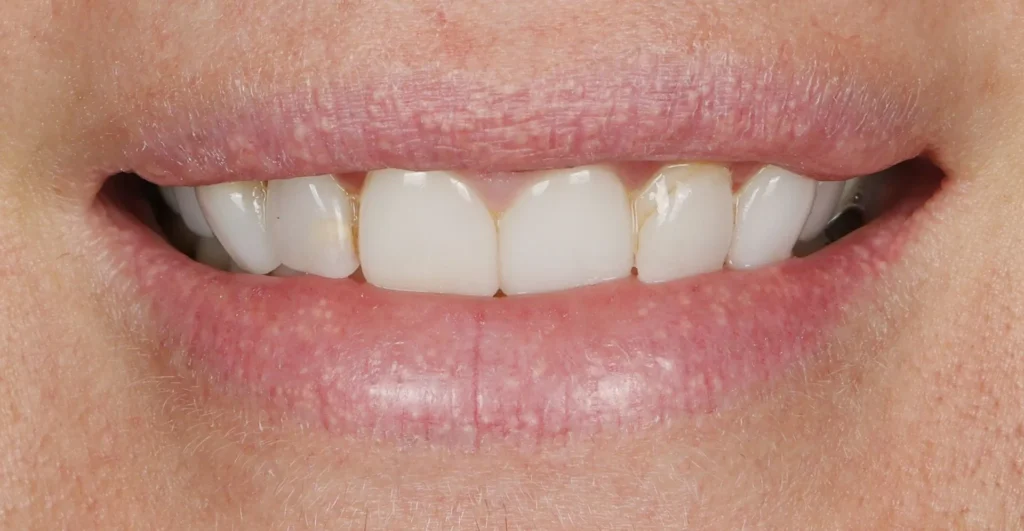Dental fillings are common treatments for addressing cavities or damaged teeth. They serve to restore the tooth’s structure and strength, while also protecting the area from further decay. Choosing the right filling type may depend on various factors, including your dental needs, durability expectations, and aesthetic preferences. This article provides helpful information on the different types of dental fillings and how each may align with your needs.
Different Filling Materials
Dental fillings come in several material types, and each has its unique properties and strengths. Understanding these materials can help narrow down your options when discussing your treatment plan with your dentist:
- Amalgam: Made from a combination of metals, including silver, mercury, tin, and copper, amalgam fillings are known for their durability. They are often selected for molars and other back teeth where chewing pressure is highest.
- Composite: These tooth-colored fillings are made from a mixture of resin and small glass particles. They blend with your natural tooth color, making them a popular choice for visible teeth. Composite fillings may be used for smaller cavities and provide an aesthetically pleasing option, though they may not last as long as some other types.
- Gold: Known for their longevity, gold fillings are custom-made in a dental lab and offer excellent durability. They are biocompatible and resistant to corrosion, but their cost and visible appearance may limit their appeal for some individuals.
- Ceramic: Often made of porcelain, ceramic fillings are also tooth-colored and provide a natural-looking finish. They are resistant to staining and tend to last longer than composite, though they may be more brittle and require more of the tooth to be removed for placement.
- Glass Ionomer: Made from acrylic and a specific type of glass, glass ionomer fillings release fluoride, which can help protect teeth. They are often used for fillings near the gum line or in children’s teeth.
Factors to Discuss with Your Dentist
The choice of filling material may depend on individual circumstances and the tooth being treated. Discussing these aspects with your dentist can help in determining the appropriate fillings for your situation:
- Location of the Filling: Fillings in molars or premolars can benefit from materials like amalgam or gold that can withstand higher chewing forces.
- Appearance Goals: For front teeth or other visible areas, composite or ceramic fillings might better meet your preference for a natural look.
- Budget Constraints: Composite and amalgam fillings are often more affordable than gold or ceramic, which may influence your decision based on cost.
- Longevity Expectations: If durability is a higher priority, you may want to explore options like gold fillings, which tend to have the longest lifespan, especially for areas where visible appearance is less of an issue.
Benefits of Expert Guidance
Guidance from a dentist is key when selecting the appropriate filling type. They can provide insight into your tooth’s condition, the required material strength, and the potential longevity of each filling option. Advanced diagnostics, such as X-rays, can also allow dentists to evaluate the cavity or damage fully before recommending a filling material.
Discuss Your Fillings Options With a Dentist
If you are facing decisions about dental fillings or need professional advice, schedule a consultation with your dentist today. Their personalized assessment can provide clarity and reassurance when making your decision. Understanding your available options and the factors that play a role in selecting the right material can lead to a result that both protects your oral health and aligns with your preferences.

